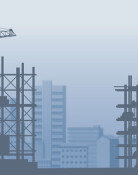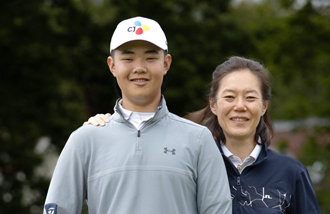[Editorial] Measures for uncompetitive and expensive tourism
[Editorial] Measures for uncompetitive and expensive tourism
Posted February. 15, 2008 03:00,
Jeju Island, which is infamous for high prices, has started measures to lower the prices. According to Jeju Islands own study, raw fish is 21 to 57 percent more expensive than in Seoul or Busan. A round of golfing by a group of 4 people on weekends costs 2.3 to 3.2 times more than in China or the Philippines. Not only that, accommodation and admission fees for tourist attractions are all expensive. So people rightly say they would rather go to China or Southeast Asian countries to play golf.
Last year, Jeju attracted 5.43 million tourists, foreign and domestic, a mere 2.2 percent increase year-on-year. The island saw a 20 percent increase in total tourism revenue. However, the oversupply of tourism businesses led to overcharging amid worsening profitability. This gave the island the stigma of expensive Jeju.
Jeju is not alone in regard to high tourism prices. In a Korea Chamber of Commerce and Industry survey, 57.9 percent of those who participated in the survey said tourism in Korea is expensive and 57.2 percent said the quality of service is just average. Among the worlds top 100 cities, Seoul is the second expensive city to have a days meal ($202), following Monte Carlo, an up-scale resort city for the worlds richest people. Koreas hotels and golf courses are now more expensive than those in Japan. A bottle of wine that sells for $7 in the United States costs about $30 in Korea. The price of gasoline in Seoul is among the highest along with London and Paris. The price of brand-name coffee in Korea costs the most among emerging industrial countries, some surveys have indicated.
It is only natural that Korea, with high prices and little to see, scares tourists away. More effort for the development of tourism products for a rapidly growing number of Chinese travelers is desired. The Korean government needs to pay more attention to the Korean Wave tourism or medical tourism, which attracts foreigners wanting to receive medical services from high-end hospitals.
Last year, the nations tourism account that includes costs for overseas training and study was $15.09 billion in the red. The deficit almost traded off the trade account surplus of $15.1 billion. Since 2000 when outbound tourists started outnumbering inbound tourists, the gap has been widening.
The tourism industry is better equipped to gain foreign currencies or create jobs than manufacturing. However, heavy regulation and scant support gives the so-called industry without chimney a hard time. Excessive taxation and regulations imposed on the tourism industry should be eased. What the struggling industry needs is comprehensive measures such as improvements in the distribution channel and the approval to hire foreigners.







